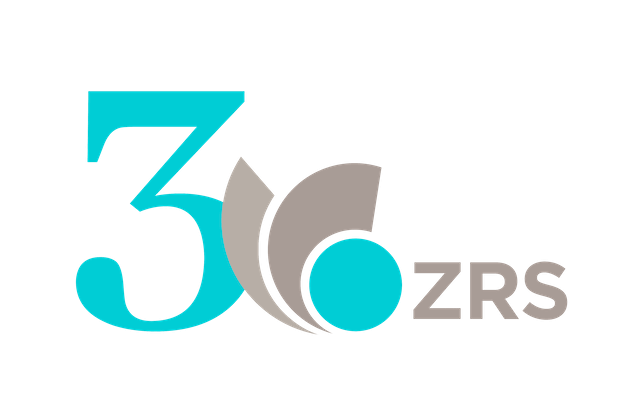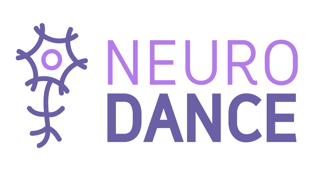
NeuroDance
Parkinson's disease (PD) is an incurable neurodegenerative disorder, making therapies that manage symptoms and improve quality of life a crucial healthcare intervention for both patients and their caregivers. The NeuroDance project aims, through an interdisciplinary approach and certification, to train teachers to lead tailored dance interventions for people with PD and other neurodegenerative disorders. The main goal of the project is the annual implementation of a five-month dance intervention across four countries, which will be further developed into a digital platform for long-term education and dissemination of best practices.
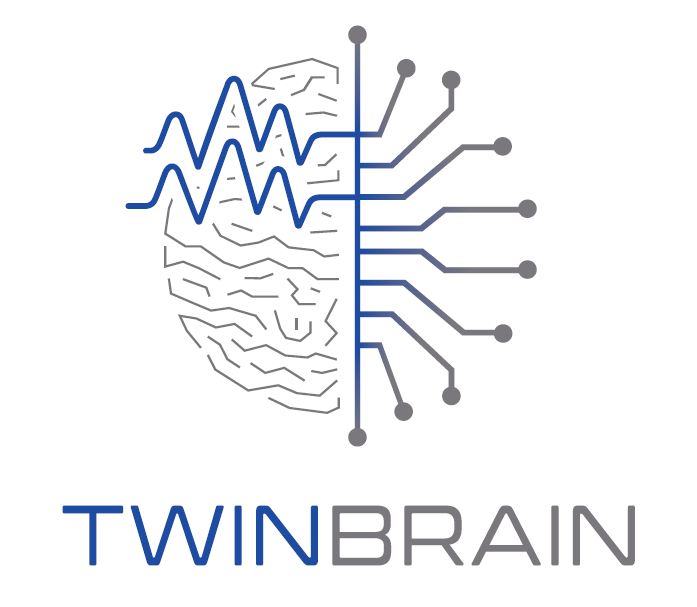
TwinBrain
TWINning the BRAIN with machine learning for neuro-muscular efficiencyHORIZON 2020. WIDESPREAD-05-2020 – Twinning – 952401Duration: 1.11. 2020 – 31.10.2023Coordinator at...
Kinesiology for Quality of Life
With evolution and technological development, we have begun to neglect one of the basic biological needs - exercise - and have forgotten the important role it plays and the impact it has on our health and function. The general lack of physical activity (PA), the ageing of the population, the earlier onset of degenerative processes, a sedentary lifestyle, an unbalanced diet, environmental and ergonomic influences and extreme workloads are all factors that have a direct impact on an individual’s performance and quality of life.
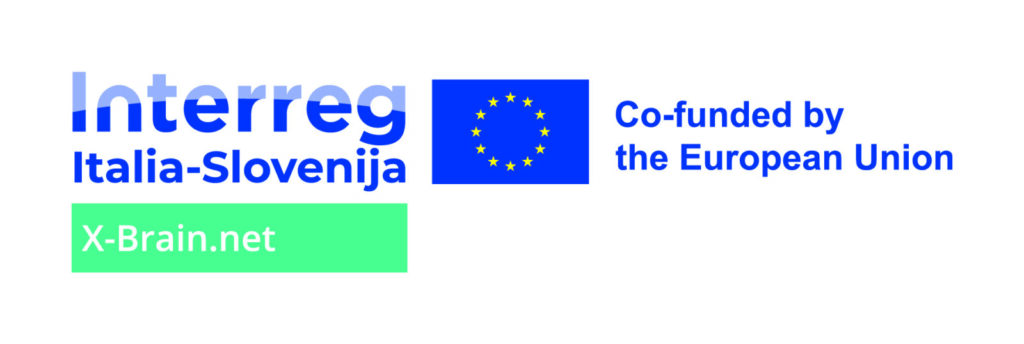
X-BRAIN.net
The X-BRAIN.net project addresses a common health challenge of the Programme Area in relation to the development and improvement of research and innovation capacity and the introduction of new technologies in hospitals in the Programme Area. Post-stroke patients occupy 15% of the capacity of health facilities in the Programme Area. Starting post-stroke rehabilitation as early as possible is crucial. In addition, bilingualism is an important factor and therefore cross-border cooperation between institutions is essential to provide quality health care in a bilingual area.
Impact of reduced physical activity on human health: comparison of younger and older adults
Impact of reduced physical activity on human health: comparison of younger and older adults
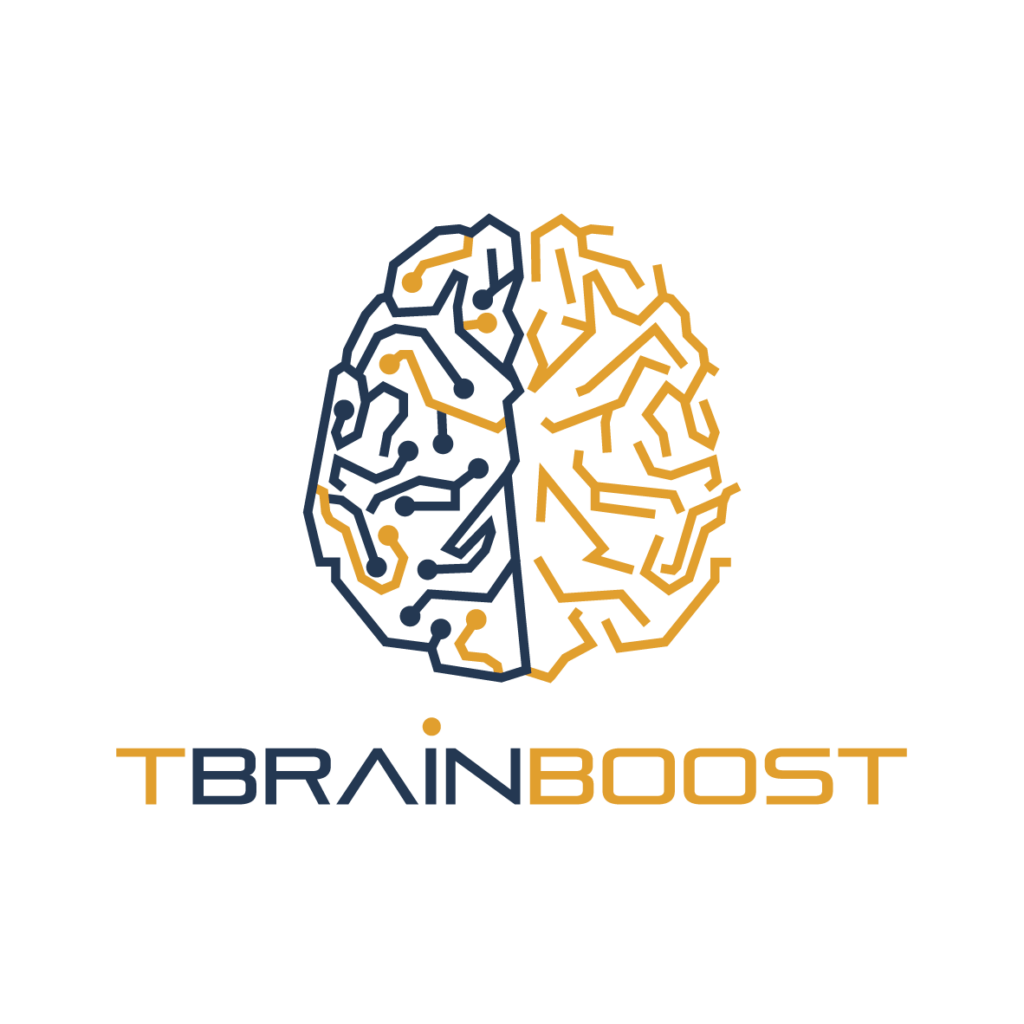
TBrainBoost
The overall objective of the TBrainBoost is to boost international and intersectoral mobility and improve links between academia, business and society in the field of healthy aging. TBrainBoost will achieve this through a series of secondments between academic institutions and businesses working in the field of healthy aging, and a number of educational activities.
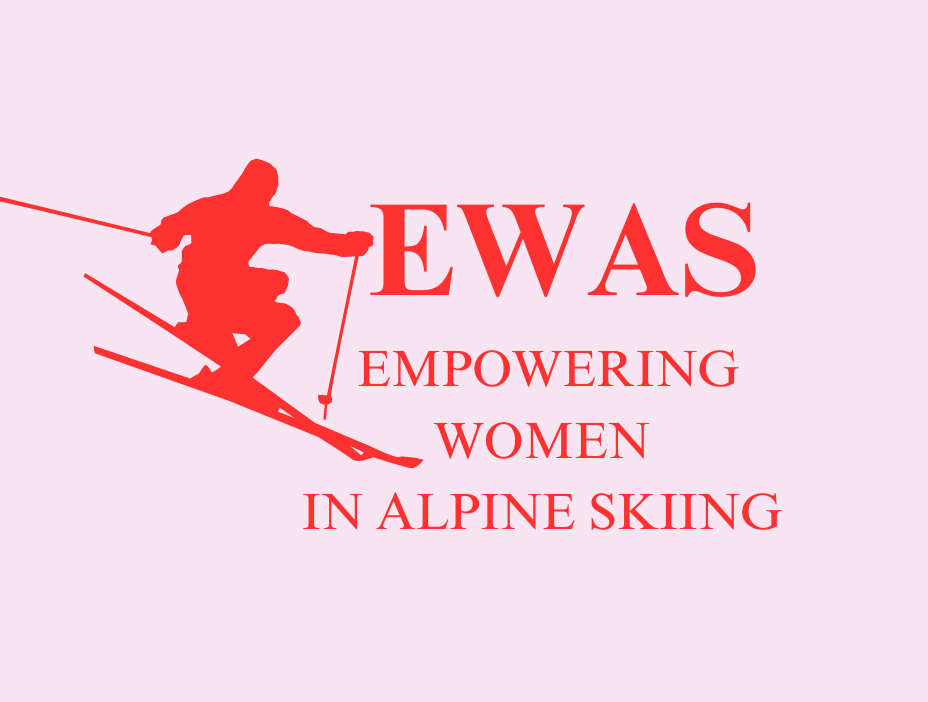
EWAS
Empowering Women in Alpine Skiing (EWAS) aims to contribute to inclusion and diversity, in particular gender equality, and increase women’s employability in Alpine skiing by promoting education and skills development in the sport and thus improving the quality of coaching. EWAS’ primary target groups are women in Alpine skiing (coaches, administrators, racers).
Physical inactivity induced neuromuscular impairment: comparison of younger and older adults
Project activities will focus on neuromuscular and metabolic deterioration during PI and recovery thereafter. The effects of PI will be studied using highly controlled bed rest, which is considered the gold standard for studying PI, in 10 younger (18-30 years) and 10 older (55-65 years) male adults for 21 and 10 days, respectively.
Machine Learning is promising “vaccine” for injury prevention and prediction in female team sports
In recent years, the participation, professionalism, and success of women in sports has increased exponentially. However, there is a dangerous gap in the development and popularization of women's sports due to the lack of sports science and sports medicine research on elite, sub-elite and amateur female athletes.
The role of the brain in physical and mental fatigue
In this project we want to determine how (mechanistically) and where (location in the brain) fatigue resides. To do this we will manipulate brain neurotransmission (serotonin, dopamine and noradrenaline) and we will determine which brain regions play an important role in the onset of physical and mental fatigue through the measurement of brain activity with EEG.
Prospective analysis of sport injuries in elite athletes: epidemiology, prediction and safe return to sport
ARIS Code: L7-3187 Project duration: 1. 10. 2021–30. 9. 2024 Project leader: Rado Pišot, PhD Participating institute at ZRS Koper: Institute for Kinesiology...
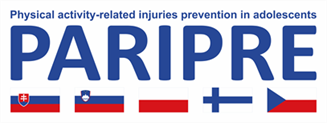
PARIPRE
Regular physical activity is one of the most cited health protective factors for the prevention of the leading noncommunicable diseases. In adolescence, physical activity contributes to healthy development of musculoskeletal system, cardiovascular system, maintenance of optimal body weight, and it is also associated with numerous psychological and social benefits. Nonetheless, physical activity as health promotion tool is not one without adverse effects.

SKIEASY
The development of alpine skiing has dramatically changed the skiing technique, allowing higher velocities, and providing less security. At the same time, we are meeting more skiers with decreased motor and functional abilities and different expectations. It is essential to adapt and upgrade the procedures, tools, and teaching methods to such changes.
 en
en Slovenščina
Slovenščina Italiano
Italiano